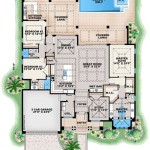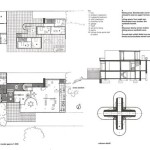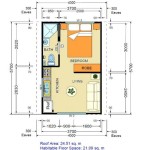House Boundary Plans Scotland: Essential Aspects
Understanding the boundaries of your property is crucial for various reasons, from construction projects to resolving disputes with neighbors. In Scotland, house boundary plans play a vital role in defining these boundaries accurately. This comprehensive guide will delve into the essential aspects of house boundary plans in Scotland, providing you with the knowledge you need to ensure clarity and avoid potential conflicts.
What is a House Boundary Plan?
A house boundary plan is a detailed drawing that outlines the precise boundaries of a property. It is a legal document that provides a comprehensive representation of the extent and limits of the land you own. The plan includes measurements, angles, and other technical information that precisely define the property's borders.
Importance of House Boundary Plans
House boundary plans serve several important functions:
- Property Development: When planning any type of construction or renovation project on your property, an accurate boundary plan is essential.
- Dispute Resolution: Boundary disputes can arise for various reasons. A boundary plan provides concrete evidence to support your claims and resolve conflicts.
- Conveyancing Transactions: When buying or selling a property, a boundary plan is typically required to ensure clear ownership and avoid future disputes.
- Land Registry Registration: In Scotland, boundary plans are required for the registration of new properties with the Land Registry of Scotland.
Who can Create a House Boundary Plan?
Only licensed professionals are authorized to create legal boundary plans in Scotland. These professionals typically include:
- Chartered Land Surveyors
- Registered Land Surveyors
- Registered Architects
What Information is Included in a Boundary Plan?
A house boundary plan typically includes:
- Measurements and angles of the boundaries
- Ordnance Survey map references
- Dimensions and locations of buildings
- Notes and annotations
Obtaining a House Boundary Plan
To obtain a house boundary plan, you can contact a licensed professional in your area. They will conduct a site visit, measure the boundaries, and prepare a plan according to your specific requirements.
Legal Implications of Boundary Plans
Boundary plans serve as legal documents that define the official boundaries of a property. Once registered with the Land Registry of Scotland, they provide conclusive evidence of ownership and can be relied upon in any legal proceedings.
Conclusion
House boundary plans are essential documents that provide a clear and accurate representation of your property's boundaries. They are crucial for property development, dispute resolution, conveyancing transactions, and land registry registration. By understanding the essential aspects of house boundary plans in Scotland, you can ensure that your property is well-defined and protected, avoiding potential conflicts and ensuring peace of mind.

Mapping Conventions Ros Knowledge Base

Boundary Disputes Solicitors Edinburgh And Glasgow Gibson Kerr

Mapping Conventions Ros Knowledge Base

4 Making Changes To A Dwellinghouse Householder Permitted Development Rights Gui Updated 2024 Gov Scot

Mapping Conventions Ros Knowledge Base

Mapping Conventions Ros Knowledge Base

4 Making Changes To A Dwellinghouse Householder Permitted Development Rights Gui Updated 2024 Gov Scot

Mapping Conventions Ros Knowledge Base

Plans Reports Yes Or No

Highland Plans Professional House








